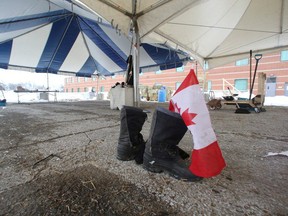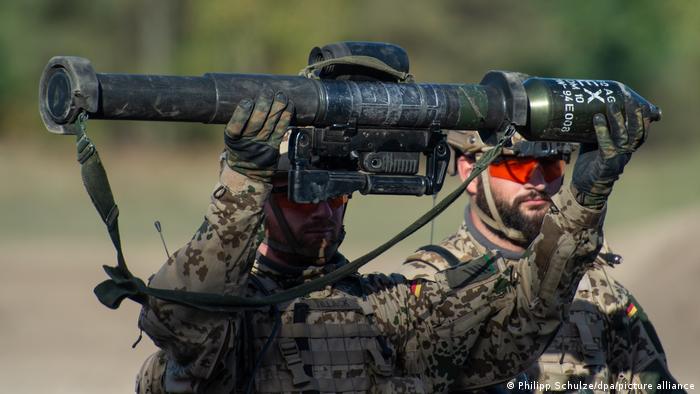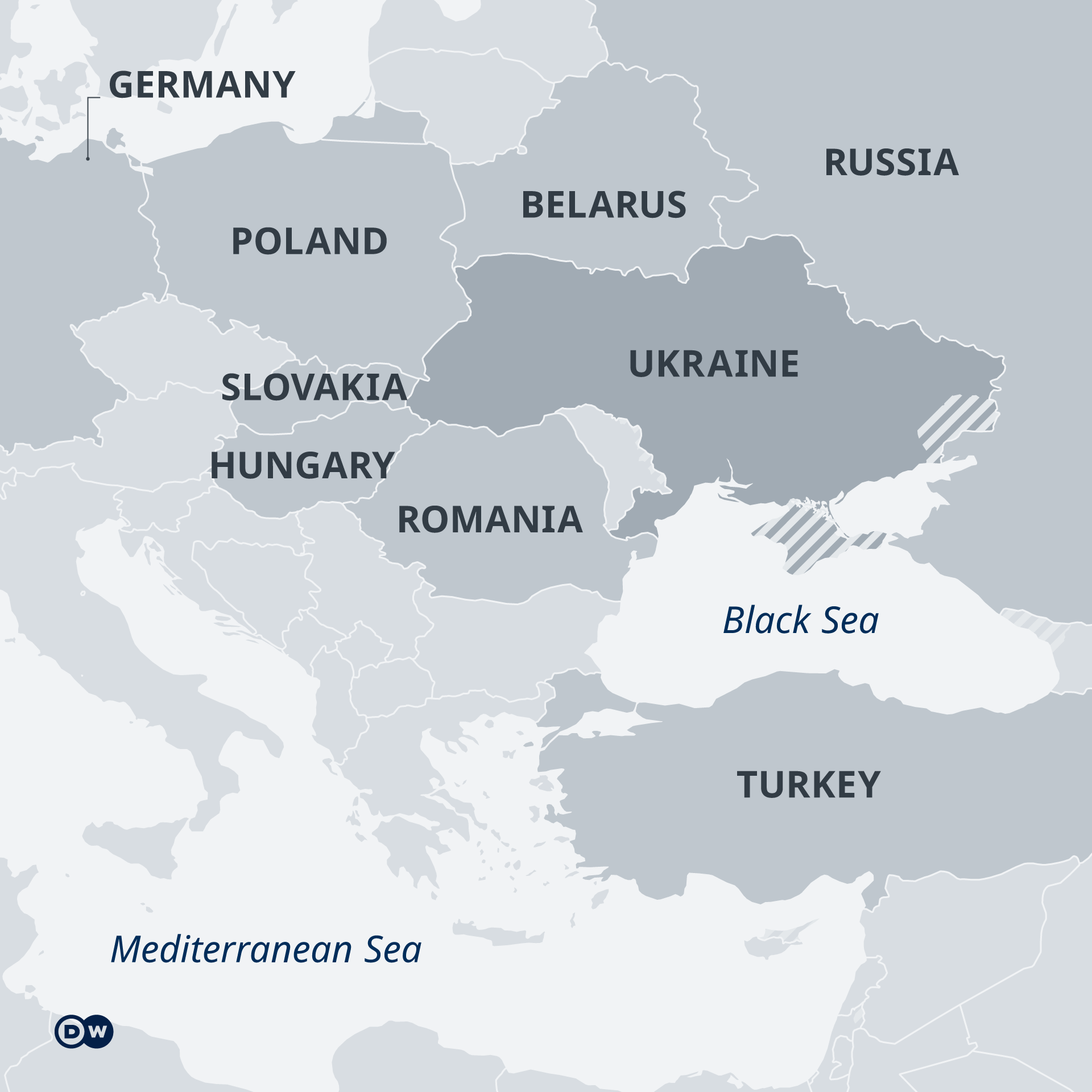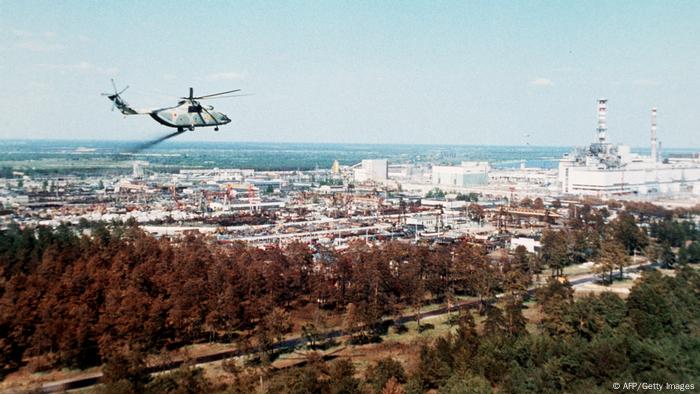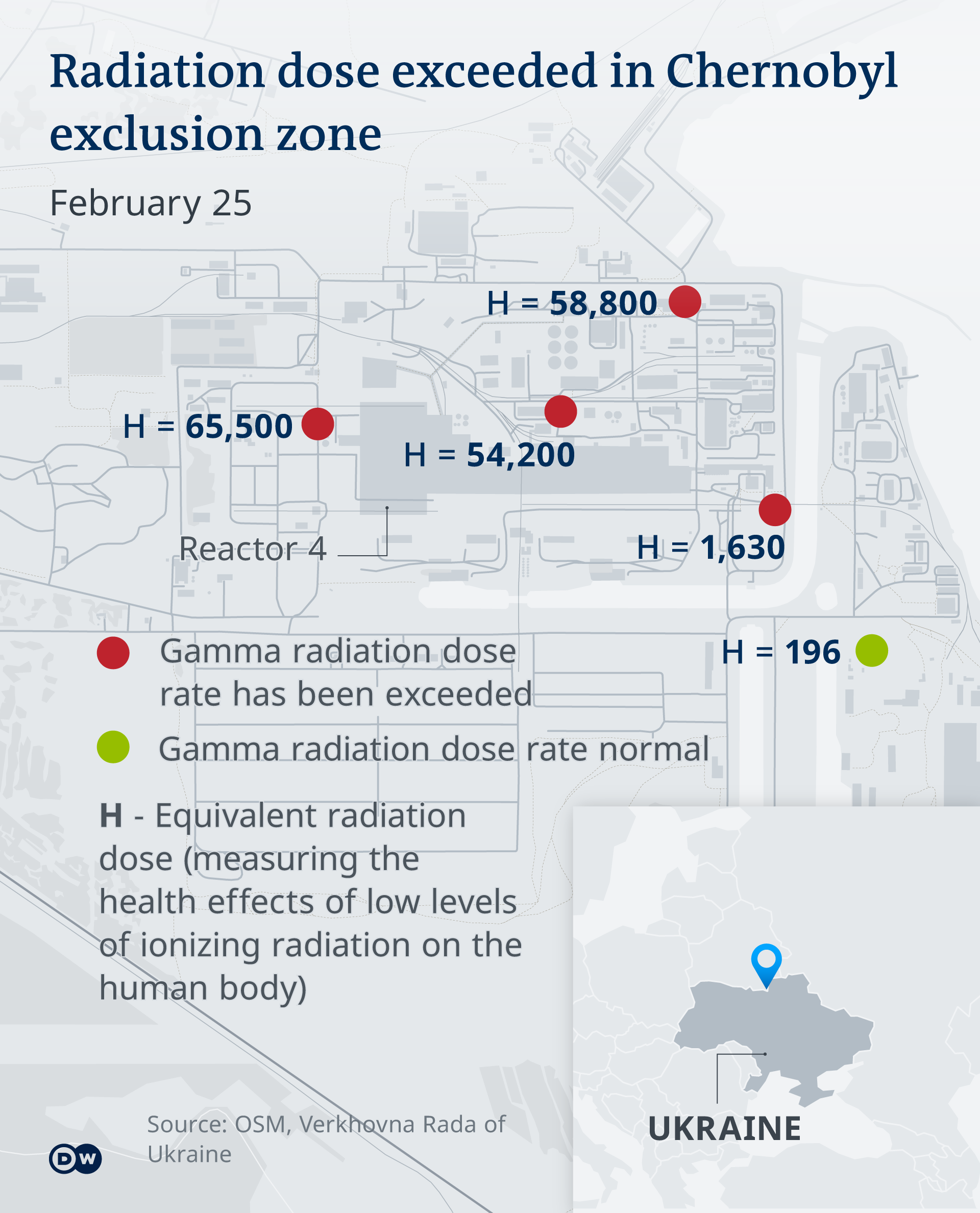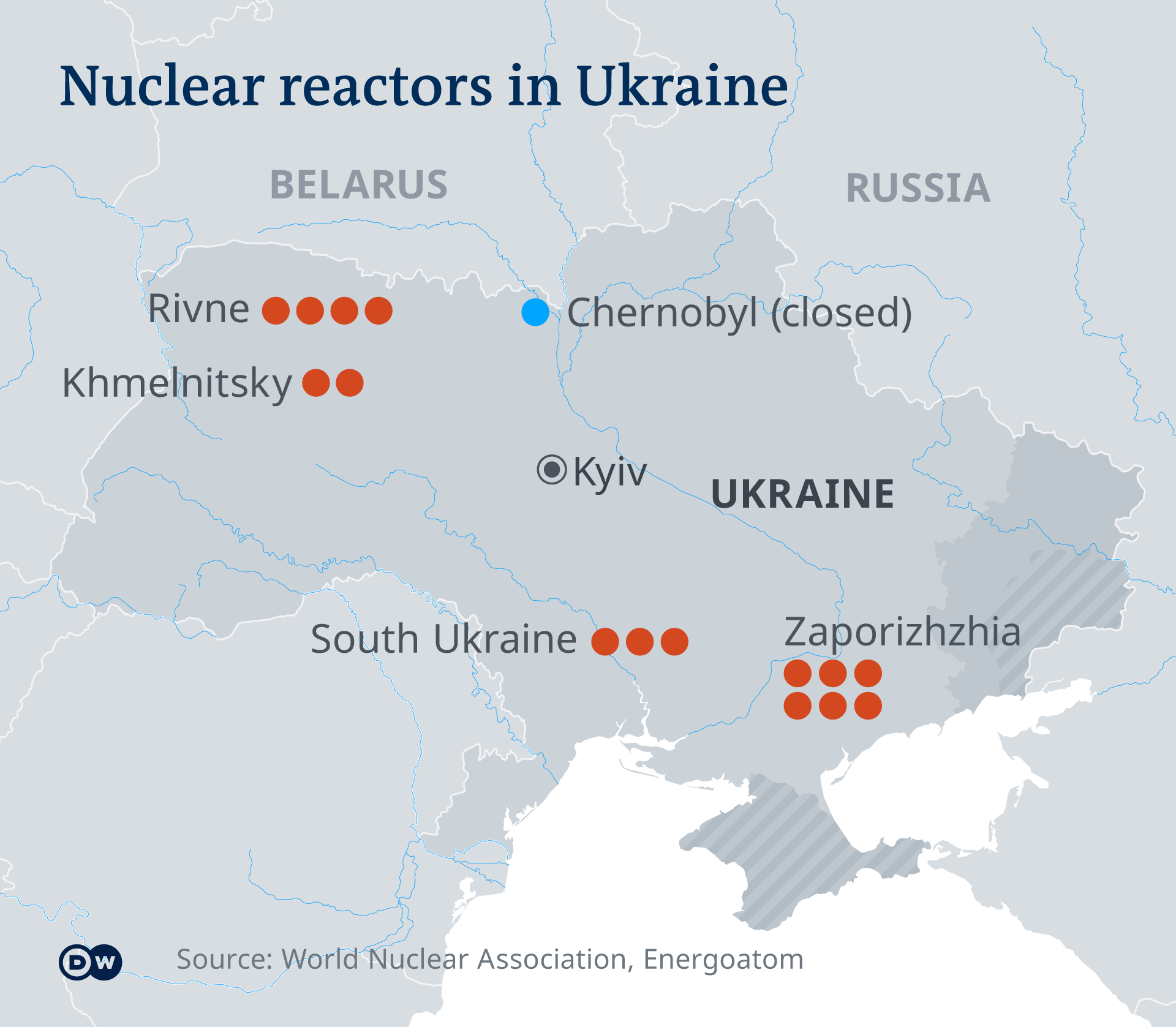The report concluded that overwhelming scientific evidence on the best way to teach reading has been ignored and Ontario students are suffering the sometimes lifelong consequences.
Author of the article: Jacquie Miller
Publishing date:Mar 01, 2022 •

Ontario schools are failing to teach many students how to read, says a report from the Ontario Human Rights Commission that recommends sweeping changes to language curriculum and teacher training, and says the youngest children should be screened twice a year to pick up problems early.
The report is the culmination of a public inquiry called Right To Read begun in October 2019 that included public hearings, surveys, briefs and analysis of practices at eight sample school boards, including the Ottawa-Carleton District School Board.
The report concluded that overwhelming scientific evidence on the best way to teach reading has been ignored and Ontario students are suffering the sometimes lifelong consequences.
Students who don’t master the foundational skill of reading words by sight quickly and accurately can be set up for poor academic performance, low self-esteem and mental health problems.
“Consistent with findings in the academic research, many students and parents told the inquiry about depression and anxiety, school avoidance, acting out, being bullied or victimized, self-harming, and thinking about or even attempting suicide,” said the report released Monday.
The inquiry focused on foundational early reading skills.
With the appropriate instruction, 80 to 90 per cent of students won’t need intensive help and students with reading disabilities like dyslexia who are identified early and taught properly can be helped, said the report.
“If the education system is working as it should, a reading disability can be prevented for almost all students.”
However, while there is an “enormous body of settled scientific research on how children learn to read and the most effective way to teach them,” those methods are not used in Ontario, said the report.
It recommended the Ontario Grade 1 to 8 language curriculum be replaced with an “explicit, systematic approach based on reading science” called structured literacy.
Starting in kindergarten, students should learn the sounds letters make, phonics, decoding or “sounding out” words, spelling and also practise reading words in stories to build accuracy and speed, said the report.
By about Grade 2, children should be taught word structures and patterns, like prefixes and suffixes, the report said.
In contrast, Ontario schools employ a “whole language” approach, which suggests that “by immersing children in spoken and written language, they will discover how to read,” said the report.
Following that philosophy, Ontario schools use “cueing”, which encourages students to guess or predict words using clues from the context of what they are reading or their prior knowledge, and a “balanced literacy” approach that has teachers read to students and guide them.
“Students most at risk for reading failure, including students with reading disabilities and many students from other (Human Rights Code)-protected groups, will not develop critical early reading skills when these approaches are used in schools.”
That cueing system should be discontinued, said the report.
“Currently, Ontario teachers are required to deliver a curriculum that is inconsistent with a science-based core curriculum that meets the right to read.”
The report recommends that all students be screened for reading using standardized evidence-based measures twice a year from kindergarten to Grade 2.
“Age four to seven is a critical window of opportunity for teaching children foundational word-reading skills and is when intervention will be most effective.”
The report offers a devastating summary of what happens now. There is no consistency among school boards, screening consists mostly of “non evidence-based” reading assessments, effective intervention typically doesn’t start until Grade 3 or later, or isn’t offered at all.
“Boards’ first response to struggling readers is often to provide more of the same ineffective reading instruction that has already failed the student, but in smaller groups or one-on-one,” said the report.
At the eight boards sampled, there were at least 16 commercial reading intervention programs in use, said the report. Only five of them were evidence-based and two of those were seldom used.
Faculties of education and professional development for teachers place little emphasis on the evidence about how reading develops and the best way to teach it, said the report.
The report recommends changes to faculty of education programs and that the Ministry of Education develop comprehensive professional development programs for teachers.
Ontario Education Minister Stephen Lecce responded to the report Monday by promising changes. The province will revamp the elementary language curriculum as well as Grade 9 English to align with “scientific, evidence-based approaches that emphasize direct, explicit and systematic instruction,” he said in a statement.
Ontario will end the three-cueing system for teaching reading and eliminate “all references to unscientific discover and inquiry-based learning” by September 2023, he said.
Lecce also promised a $25-million investment in reading intervention programs and professional assessments to allow school boards to immediately begin meeting the needs of struggling readers.
There may be some resistance to change, the report noted.
“The inquiry also found another barrier is that some people in the education sector are resistant to change and hold strong beliefs supporting whole language philosophies.”
Faculties of education also tend to emphasize “socio-cultural perspectives and culturally responsive pedagogy,” which are important but not a substitute for preparing teachers to teach foundational reading skills, said the report.
“This lack of a strong focus on scientifically supported early reading instruction may be harmful to many historically marginalized student populations and contradict the goal of promoting equity.”
